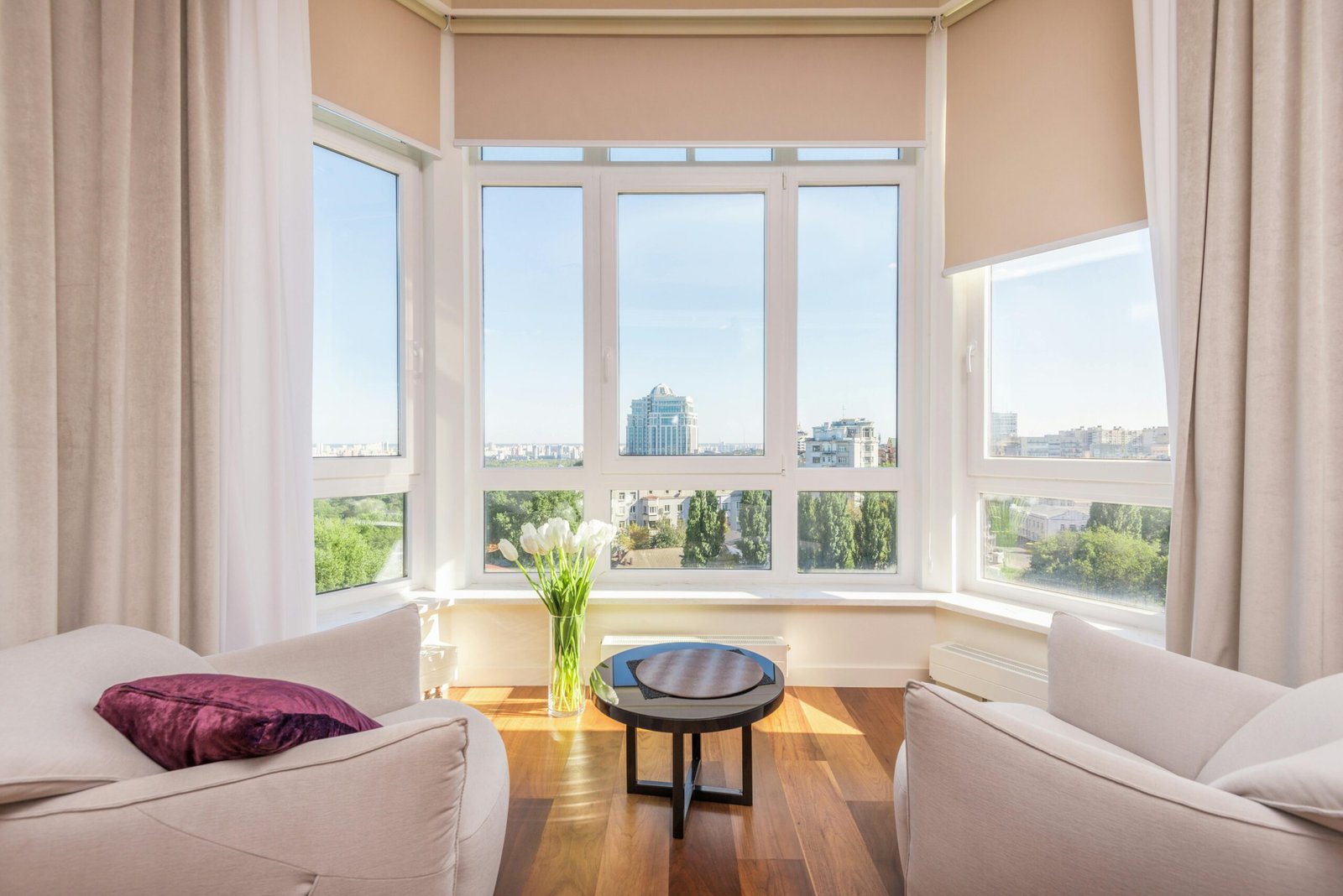Introduction
Lofts, once gritty industrial spaces, have transformed into some of the most coveted residential properties in urban areas. Characterized by their open floor plans, high ceilings, and large windows, lofts offer a unique blend of historical charm and modern living. This article explores the history, design elements, and cultural significance of lofts, highlighting their evolution from utilitarian warehouses to stylish homes.
Historical Background
The concept of loft living originated in the mid-20th century when artists and creatives began repurposing industrial buildings in cities like New York, London, and Paris. These buildings, often located in declining industrial districts, were characterized by their spacious interiors and ample natural light, making them ideal for artists’ studios. The affordability and flexibility of these spaces attracted a bohemian crowd, laying the foundation for the loft lifestyle.
Key Design Elements

Several design features define a classic loft:
- Open Floor Plans: Lofts are known for their expansive, uninterrupted spaces. The lack of interior walls allows for creative use of the area, making it possible to design multi-functional living spaces.
- High Ceilings: Typically ranging from 10 to 20 feet, the high ceilings in lofts create an airy and spacious feel. This vertical space often accommodates mezzanines or lofted sleeping areas, adding to the versatility of the layout.
- Large Windows: Originally intended to maximize natural light in industrial settings, large windows are a hallmark of loft design. These windows not only illuminate the space but also offer striking views of the urban landscape.
- Exposed Structural Elements: Beams, pipes, and brick walls are frequently left exposed in lofts, contributing to their industrial aesthetic. This raw, unfinished look is a key characteristic that appeals to those seeking a blend of history and modernity.
- Minimalist Aesthetic: The vast, open spaces and industrial features of lofts naturally lend themselves to a minimalist design approach. Clean lines, simple furnishings, and an emphasis on functionality are common in loft interiors.
Cultural Significance and Modern Appeal
Lofts have evolved from artist havens to mainstream urban dwellings, attracting a diverse range of residents, from young professionals to downsizing retirees. This shift can be attributed to several factors:
- Urbanization: As more people move to cities for work and lifestyle opportunities, the demand for unique, flexible living spaces has grown. Lofts offer an appealing alternative to traditional apartments, providing both character and convenience.
- Adaptive Reuse: The trend of converting old factories and warehouses into residential properties has revitalized many urban areas. These adaptive reuse projects preserve historical architecture while meeting contemporary housing needs.
- Luxury Living: Many modern loft developments feature high-end finishes and amenities, such as gourmet kitchens, spa-like bathrooms, and rooftop terraces. This fusion of industrial charm and luxury has broadened the appeal of lofts.
- Creative Freedom: The open nature of loft spaces allows for extensive customization. Residents can tailor their living environment to reflect personal tastes and lifestyles, making each loft a unique home.
- Community and Culture: Lofts are often located in vibrant, culturally rich neighborhoods. This proximity to art galleries, cafes, and boutique shops enhances the appeal of loft living, fostering a sense of community among residents.
Case Studies
- SoHo, New York City: Perhaps the most famous example of loft living, SoHo’s transformation from an industrial district to an artistic hub set the standard for loft conversions. Today, SoHo lofts are synonymous with luxury and creativity, attracting high-profile residents and retaining their cultural cachet.
- Shoreditch, London: Shoreditch has experienced a similar evolution, with former factories and warehouses converted into trendy loft apartments. The area’s eclectic mix of street art, tech startups, and nightlife has made it a desirable location for loft living.
- Le Marais, Paris: In Paris, the Le Marais district has seen a wave of loft conversions, blending historical architecture with contemporary design. These lofts offer a unique living experience in one of the city’s most charming and vibrant neighborhoods.
Conclusion
Lofts represent a dynamic intersection of history, design, and urban living. Their evolution from industrial spaces to stylish homes mirrors broader trends in urban development and cultural shifts. As cities continue to grow and change, lofts remain a testament to the enduring appeal of open, flexible, and character-filled living environments. Whether as luxurious residences or creative spaces, lofts embody the spirit of modern urban life, blending the past with the present in a way that is both functional and inspiring.














